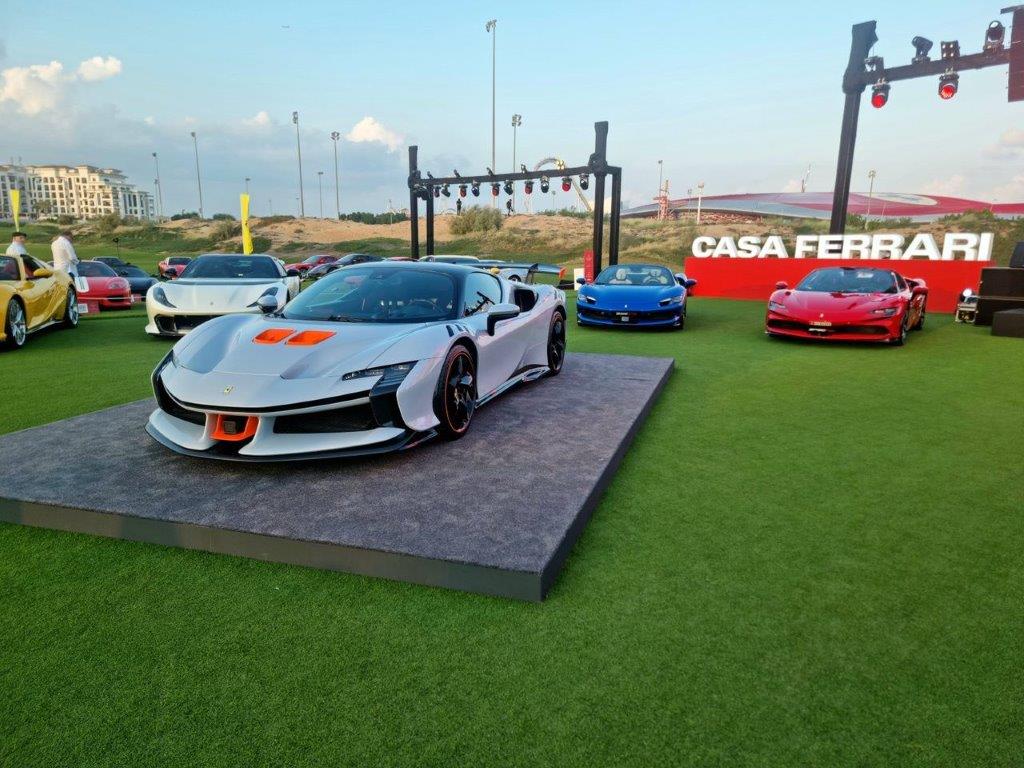Shivaum Punjabi checks out the Lamborghini Huracan STO at the launch.
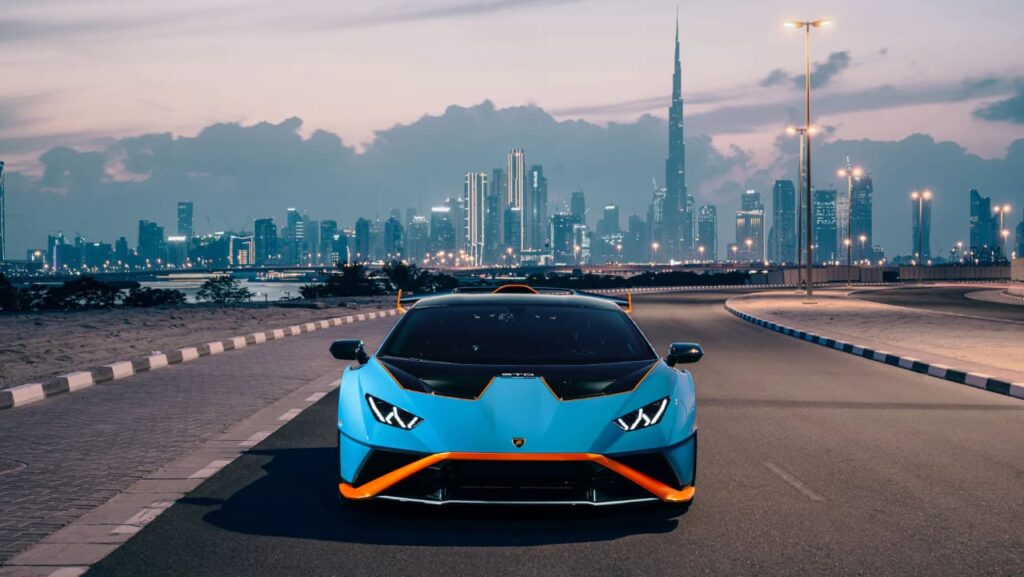
Lamborghini is known to make the maddest cars out there. Lamborghini is a brand that makes other supercars look like they have been designed by a child, whereas their cars are designed by an eight feet tall giant that can crush you with his pinkie finger.
Whatever said and done when a Lamborghini shows up in one’s rearview mirror, the vehicle’s driver automatically soils themself. And nothing can be more accurate for the Lamborghini Huracan STO. The Huracan STO is the baddest version of Lamborghini’s baby sports car.
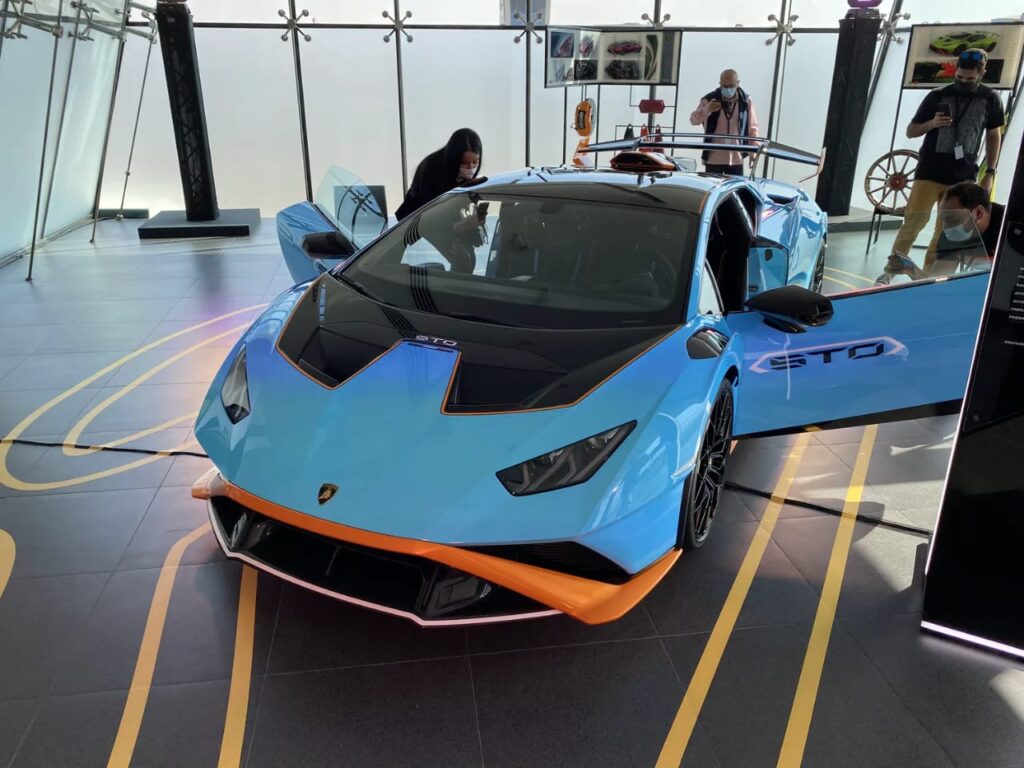
The Huracan even though is the baby in the Lamborghini stable it’s characteristics are not babyish at all. Launched in 2014 the Huracan has almost come to the end of its lifecycle. With multiple versions, special editions and a facelift the Huracan STO is probably the last iteration of the Lamborghini Huracan.
Lamborghini decided to unveil the STO in Dubai, and I got a chance to look at it up close and personal. Say hello to the Lamborghini Huracan STO. STO stands for Super Trofeo Omologato which basically translates to racecar approved for the road.
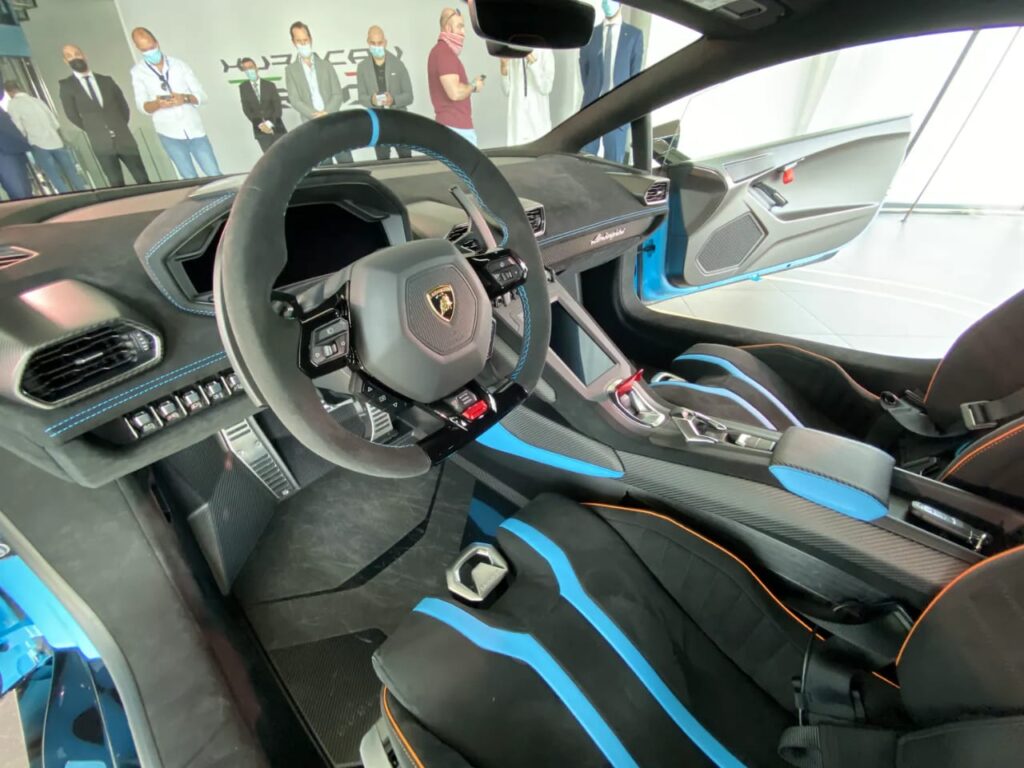
This car has more in common with the Lamborghini’s Squadra Corse’s one-make Huracán Super Trofeo EVO race series, as well as its three-time 24 Hours of Daytona-winning and two-time 12 Hours of Sebring-winning Huracán GT3 EVO.
Lamborghini has taken the name seriously. Powering the Huracan STO is a naturally aspirated V10 producing 640 HP, and it sends all that power to the rear wheels. It does 0-100 km/h in 3 seconds and 0-200 km/h in 9 seconds.
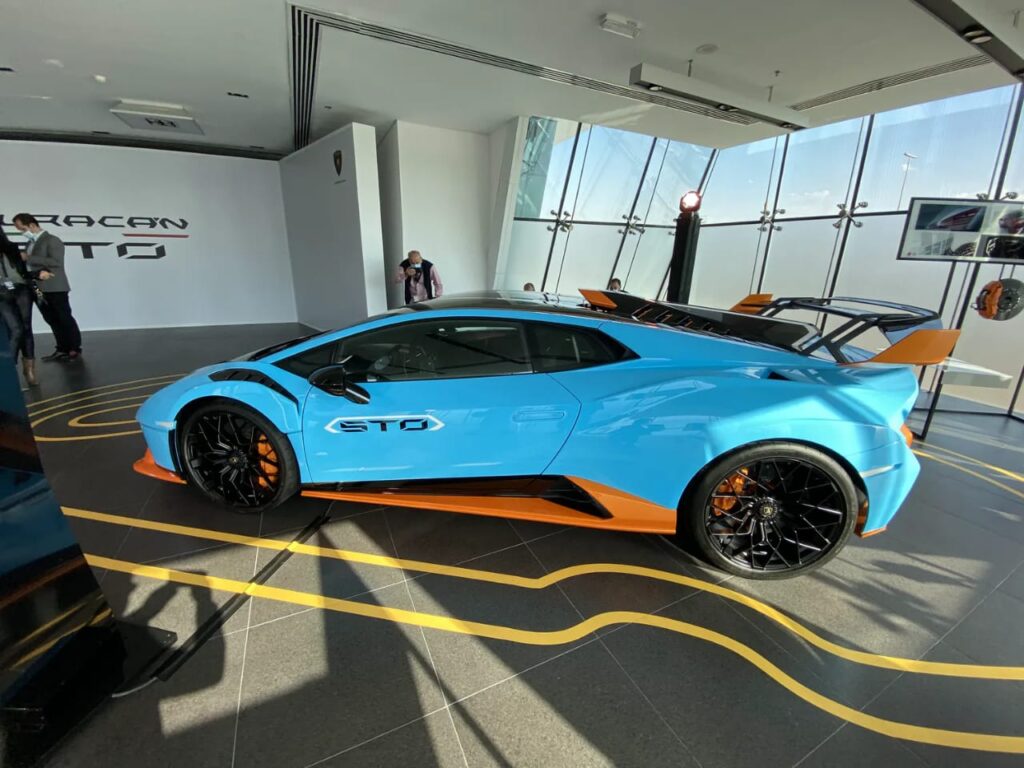
Since it is a race car, a lot of thought has gone into making sure it sticks like glue on the tarmac. It is 20% lighter than the road car. Weighing just 1339KG it weighs as much as the regular family hatchback. 75% of the vehicle is made of carbon fibre, including the door panels and floorboards. It doesn’t even have carpets or floor mats. It even has a clamshell bonet.

Bridgestone Potenza tires cover the lightweight magnesium rims. You can get the tires in two sets for track or road use. It also has Brembo carbon-ceramic CCM-R brakes which have been adapted from F1. It means the brakes stop better and manage heat better and long laster during extreme braking situations.

No track-focused road car can ignore aerodynamics. Starting with the front where the hood, mudguards, and bumper are integrated into a single element akin to the iconic Miura. At the back, the rear fenders incorporate NACA-styled air intakes while the hood lid has its own air scoop for better cooling. Then you add a rear fin and adjustable spoiler, and you end up with an aerodynamic efficiency increase of 37% and 53% more downforce over the Huracan Performante.

If this is not enough, the potential customers can completely customise the STO with Lamborghini’s Ad Personam personalisation program. Which means feel free to choose any colour combination, racing livery or just come up with your own and Lamborghini will be happy to oblige you with one.
As history suggests when brands launch special editions or one-offs, it usually marks the product’s end. I would say it is the same for Lamborghini’s lineup of bulls. With competitors making faster, more agile, more modern cars, it is only about time Lamborghini plays catch up.
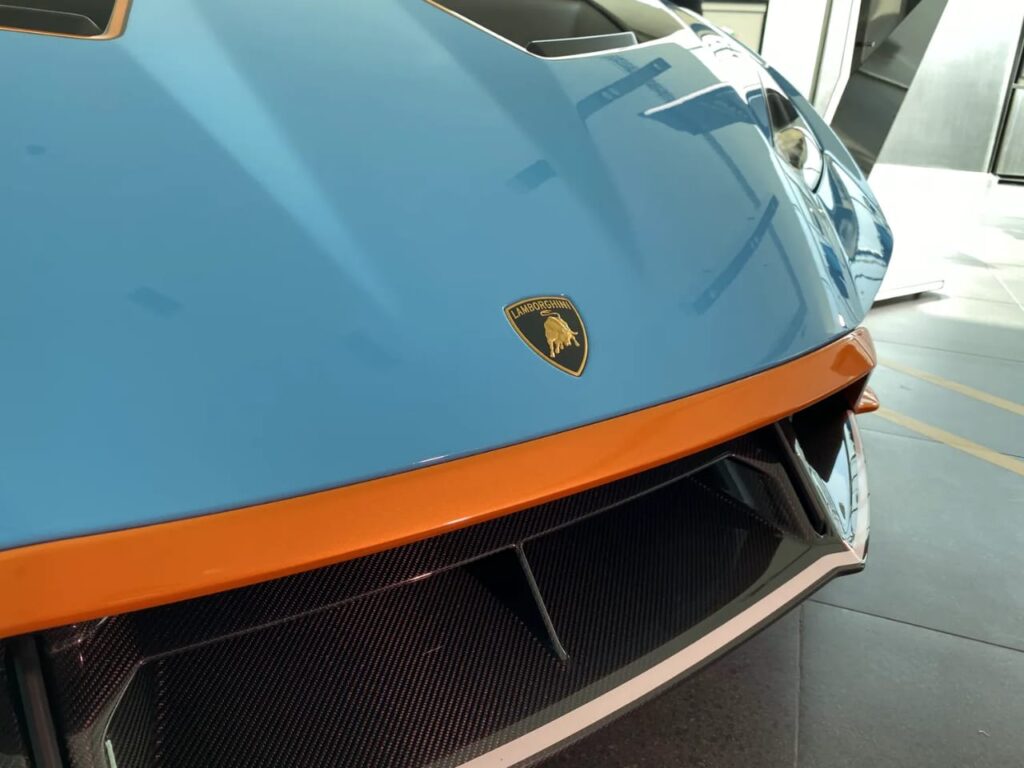
All three of its models, the Aventador, Huracan and Urus have been sales success stories, especially the Urus. With turbocharging, electrification and hybridisation just around the corner for Lamborghini as well this is a now or never moment for petrolheads.
Priced at $334,000 the Lamborghini Huracan STO is worth every penny IMO. Now time to drive it. Lambo, where is my car?
Images and text courtesy Shivaum Punjabi.






